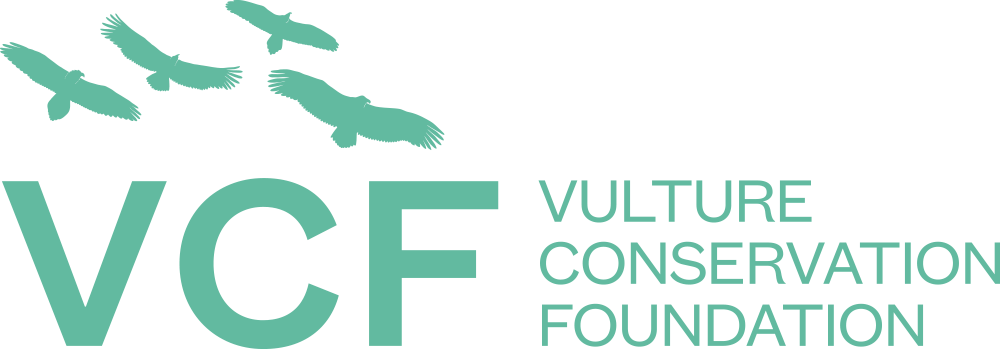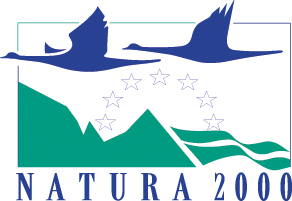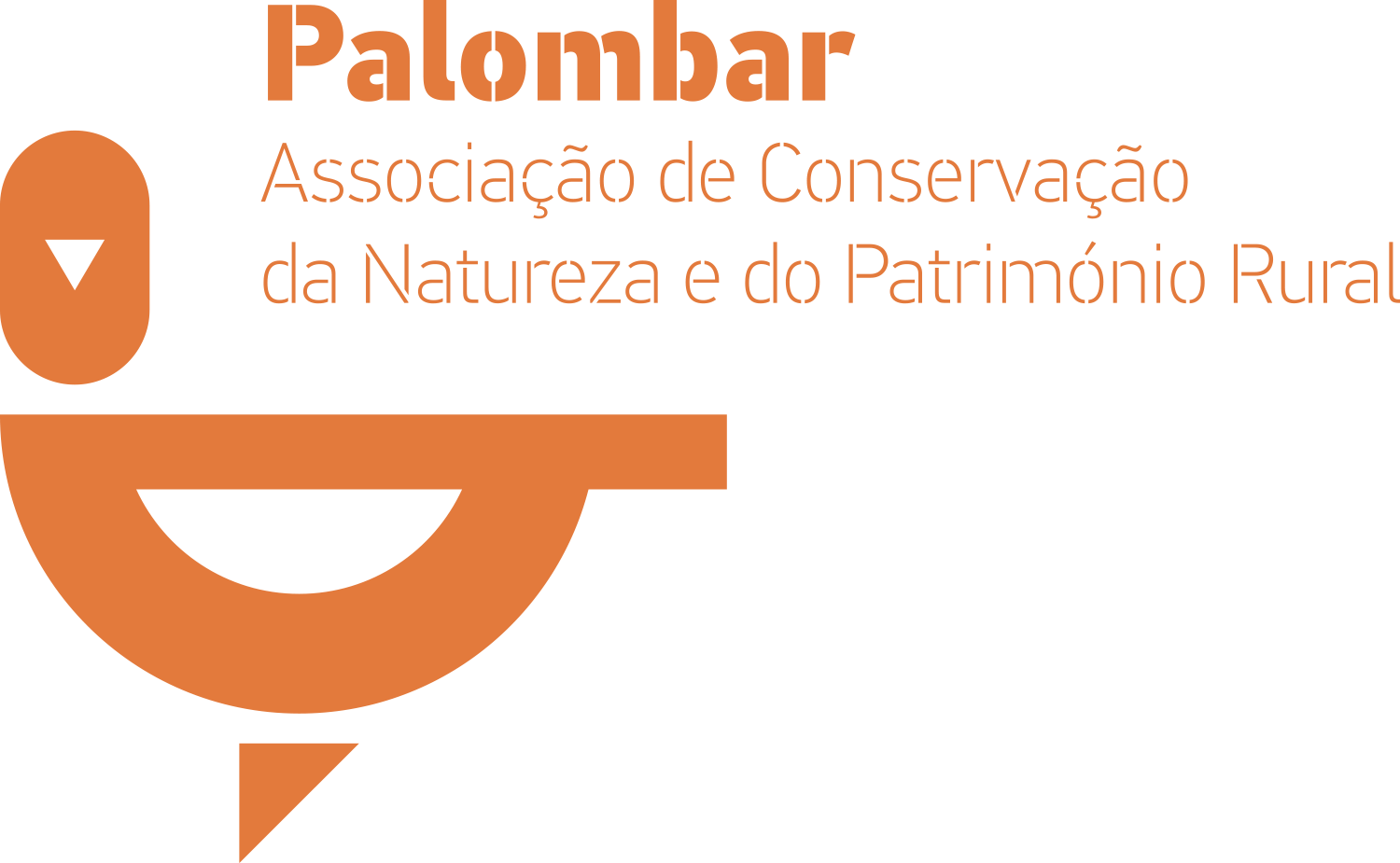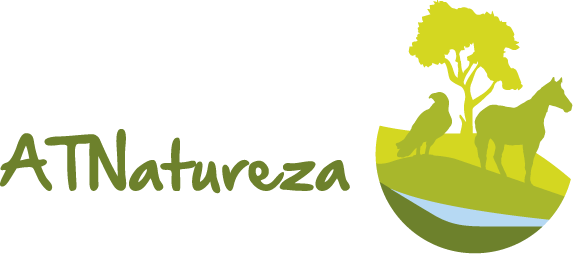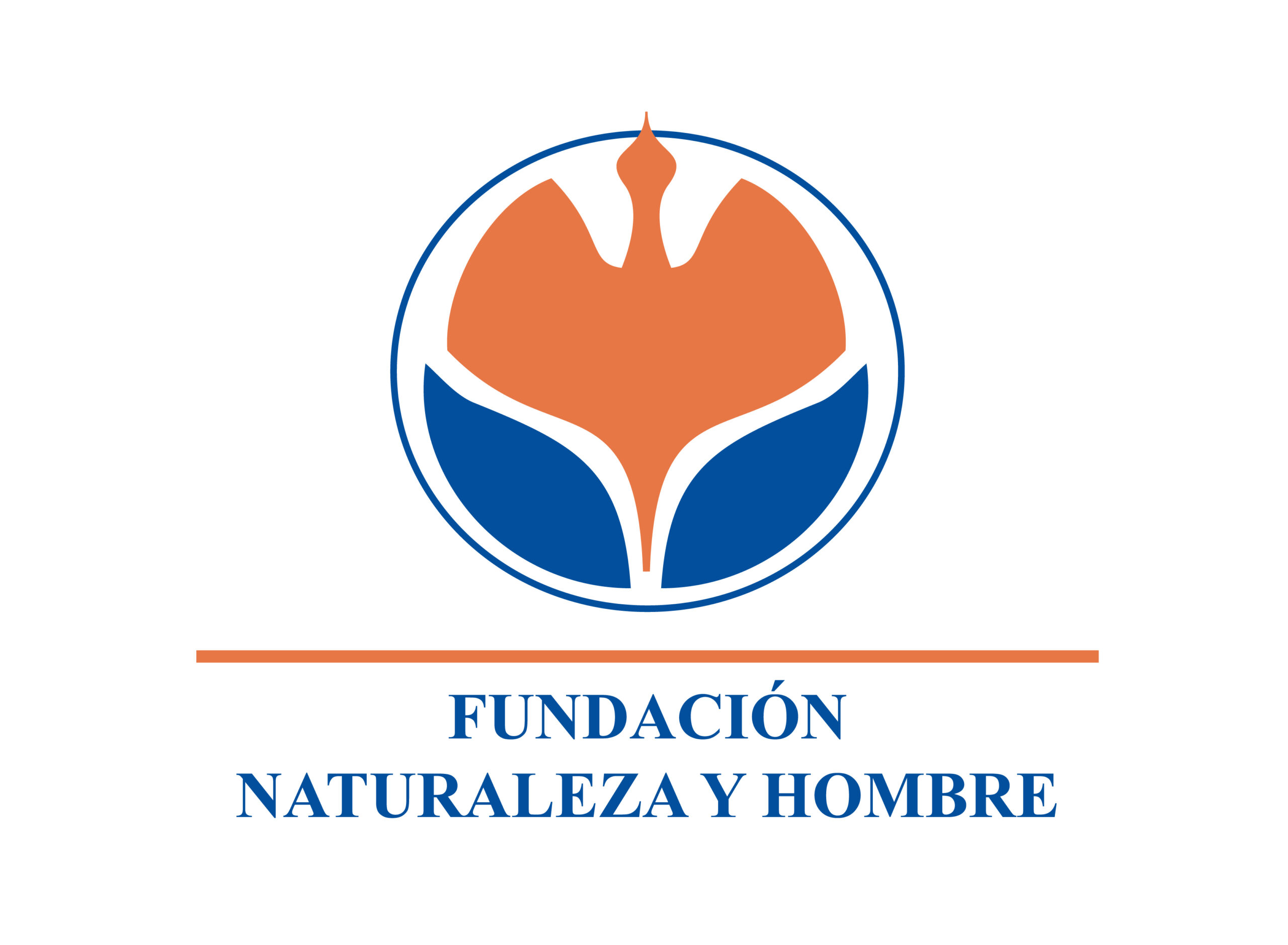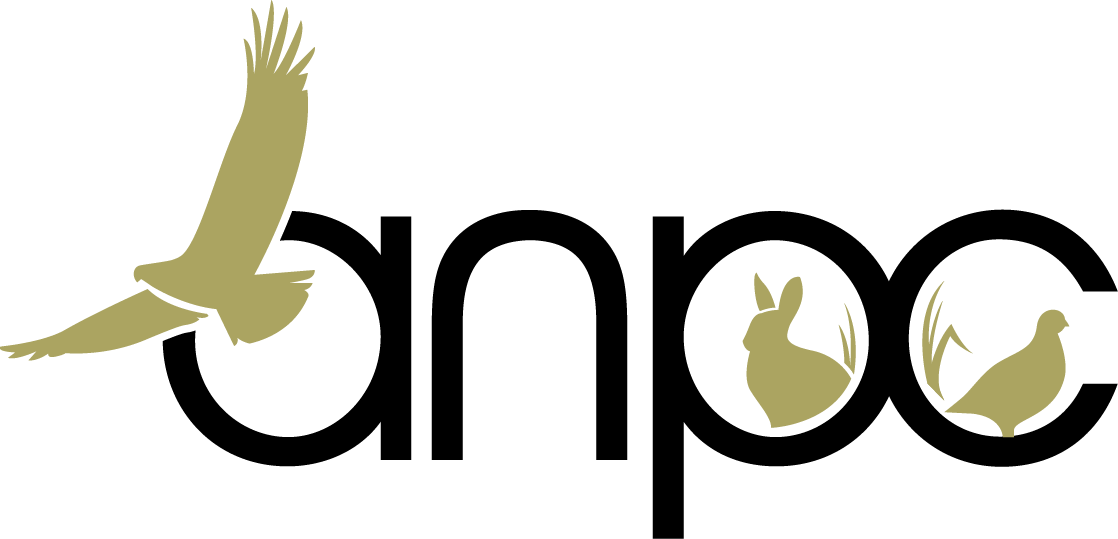LIFE Aegypius Return
Actions
The LIFE Aegypius Return project will implement several targeted actions across ten Natura 2000 sites along almost the entire Spanish-Portuguese border to consolidate, enhance and accelerate the return of Cinereous Vultures in Portugal and Western Spain.
- Homepage
- Pages
- LIFE Aegypius Return
- Project
- Actions
Project actions
Manage and enhance habitat
Improve habitat around existing and potential colonies
Enhance habitat by managing property owned by project partners and signing at least 120 agreements with local landowners and managers that cover 15,000-20,000 ha in the 4 existing Portuguese colonies and around the main areas where new colonies can be established.
Resilience to fires
Manage approximately 570 ha in and around existing or potential Cinereous Vulture breeding colonies while establishing 25 km of strips to prevent fires and improving surveillance to ensure habitat resilience to climate change.
Nest availability and safety
Construct at least 120 artificial nesting platforms in areas with high breeding potential and repair and maintain a total of 105 existing natural or artificial nests to improve nest availability and safety to attract new breeders and reduce breeding failure.
Reinforce Cinereous Vulture population
Soft release of approximately 20 rehabilitated Cinereous Vultures into the Douro Internacional region to promote the growth of the most vulnerable breeding colony that only hosted two pairs in 2022.
Improve food availability and quality
Supplementary feeding stations
Increase the effectiveness and safety of the existing vulture feeding stations network and establish new supplementary feeding stations – one in Portugal to support and reinforce the fragile Douro colony and another in Spain to promote connectivity between the existing colonies in Serra de Gata and Malcata/Douro areas in Portugal.

Establish unfenced vulture feeding areas
In collaboration with extensive livestock farms from both countries, create 66 unfenced vulture feeding areas (56 in Portugal and 10 in Spain) totalling 18,000 ha around the main colonies, adapted to Cinereous Vulture natural foraging behaviour to promote a more sustainable and natural foraging niche.
Mitigate threats to reduce mortality
Nest disturbance
Prevent and reduce nest disturbances from human activities in the existing colonies.

Lead exposure and poisoning
Minimise lead poisoning in the Cinereous Vulture distribution area of Portugal by transitioning 14 hunting estates and 300 hunters to non-lead ammunition through testing, adoption, and awareness-raising activites.
Improve capacities to mitigate poisoning and other wildlife crime
The project aims to enhance national capacity to prosecute wildlife crimes through systematic implementation of anti-poisoning protocols, establishment of a database of incidents, and providing advisory support to the relevant governmental authorities and assure effective articulation between all parties involved. It will create two anti-poisoning dog units to improve detection of poisoning incidents, reduce mortality and support investigations. The ultimate goal is to increase successful prosecutions of wildlife crimes, breaking the culture of impunity often driving these acts in Portugal.

Reduce electrocution and collision
Provide GPS data on the movements and mortality of Cinereous Vultures to existing projects focused on mitigating the threats associated with energy infrastructures. This data will help identify priority areas and implement actions such as installing bird markers to reduce the risk of electrocution and insulating dangerous electricity pylons to prevent collisions.
Evaluate movements and behaviour
Equipe 60 Cinereous Vultures with GPS transmitters as well as monitor behaviour through observations in the field to improve knowledge of the population, habitat use, causes of mortality, movements and feeding behaviour.
Raise awareness
Improve the knowledge and awareness of the prevalence of veterinary drugs and lead intoxication in Cinereous Vultures and promote the associated mitigation measures. Furthermore, increase awareness and the involvement of target stakeholders (policymakers, veterinaries, livestock producers, forest industry, hunters, tourism operators and media) and the general public on conservation issues regarding Cinereous Vultures.
